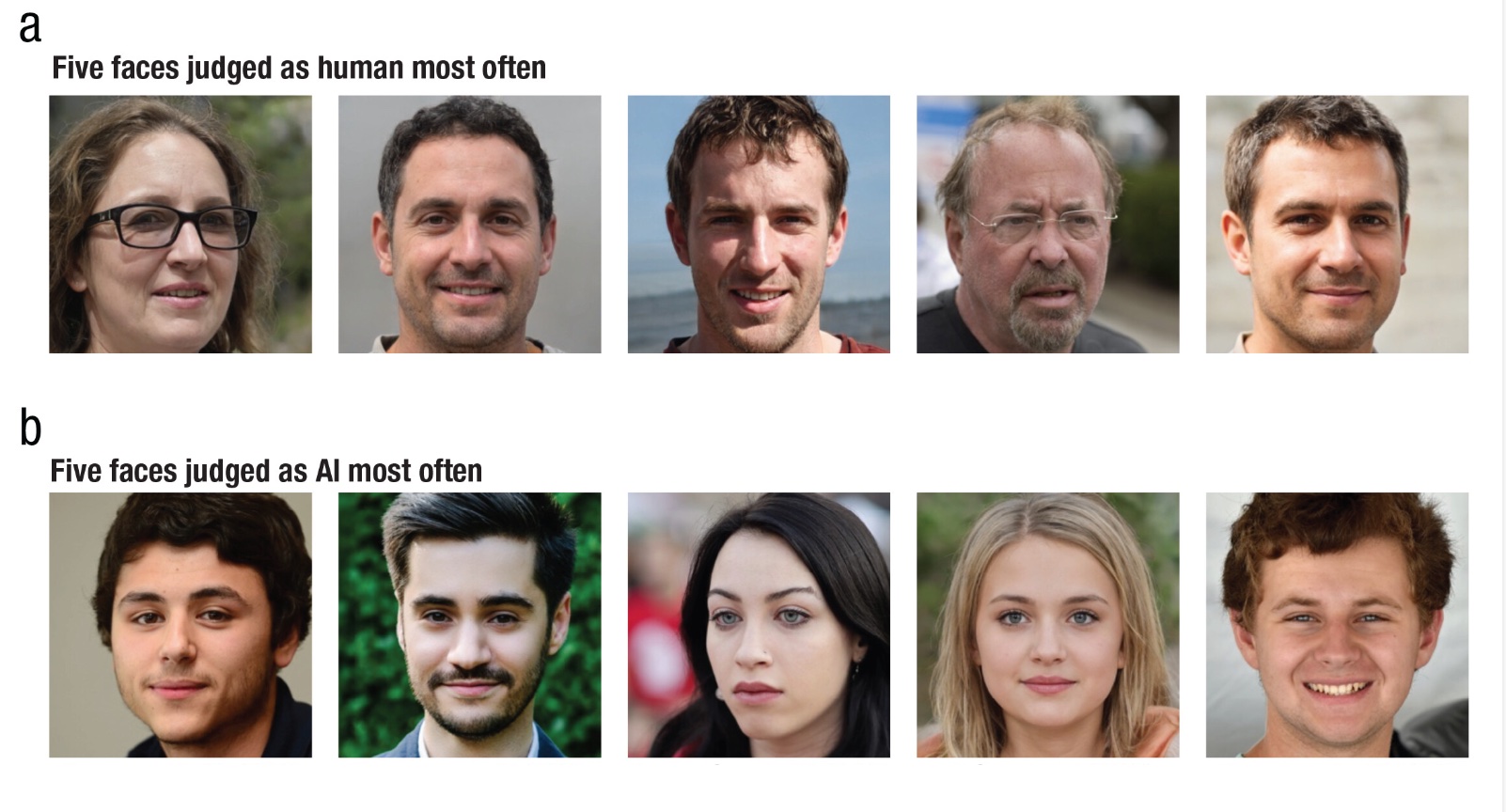Researchers at the Australian National University conducted a study revealing people’s difficulty in distinguishing between real and AI-generated faces. Hyperrealistic AI faces were often perceived as real, with AI faces misidentified 65.9% of the time and human faces only 51.1%. The study highlighted the implications of hyperrealistic AI faces, particularly in reinforcing racial biases online. The features that led to mistakes included the AI faces being more average, familiar, attractive, and less memorable than human faces. A machine learning model was developed to accurately classify face types with 94% accuracy. The study emphasized the importance of educating the public about the realism of AI faces to help combat deception online.

“`html
We judge White AI faces as real more often than human faces
Researchers discovered that people struggle to differentiate between real and AI-generated faces, with hyperrealistic AI faces often being mistaken for real human faces.
Practical Solutions and Value:
- Identify Automation Opportunities: Locate key customer interaction points that can benefit from AI.
- Define KPIs: Ensure AI endeavors have measurable impacts on business outcomes.
- Select an AI Solution: Choose tools aligned with needs and provide customization.
- Implement Gradually: Start with a pilot, gather data, and expand AI usage judiciously.
Spotlight on a Practical AI Solution: Consider the AI Sales Bot from itinai.com designed to automate customer engagement 24/7 and manage interactions across all customer journey stages.
For AI KPI management advice, connect with us at hello@itinai.com. For continuous insights into leveraging AI, stay tuned on our Telegram channel or Twitter.
“`




























